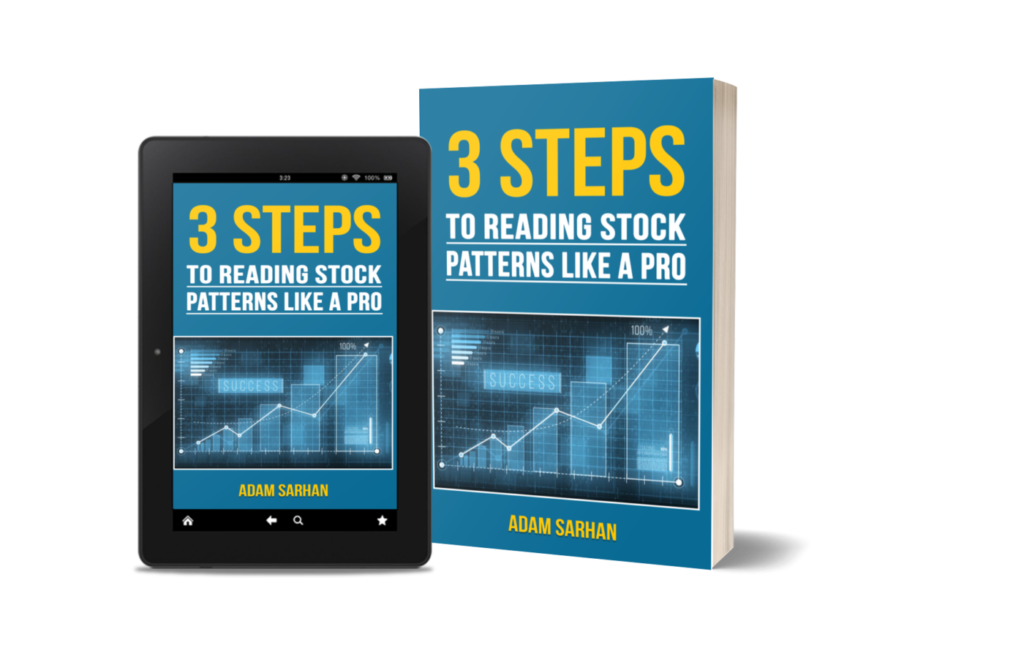Posted by ddshort.com
As the chart above illustrates, the correlation between the S&P 500 and the VIX is inverse but imperfectly so. The lower low in the summer of 2008, when the index nearly dipped to 1200, came with a lower VIX in the upper 20s. More significantly, the unprecedented surges in the VIX above 80 in late 2008 predated the actual index low by over three months.
A key to understanding the VIX is to realize that it is far more volatile than the index to which it is attached. The next chart inverts the VIX values, which helps us see more clearly the greater degree volatility and the fact that the VIX tends to lead the S&P 500.
The spike in the VIX today is a bit worrisome, especially because it is approaching the 30 level associated with high volatility. The triangles at the bottom of both charts identify days on which the VIX spiked by more than 20%, something that’s happened 12 times since the March 2009 low. In particular, we can see the increase in volatility associated with the 16% correction that began in April 2010 and ended in early July.
For a look at the VIX and S&P 500 since 1990, click here.
Note: For anyone needing a VIX refresher, Investopedia provides a handy overview:VIX: The ticker symbol for the Chicago Board Options Exchange (CBOE) Volatility Index, which shows the market’s expectation of 30-day volatility. It is constructed using the implied volatilities of a wide range of S&P 500 index options. This volatility is meant to be forward looking and is calculated from both calls and puts. The VIX is a widely used measure of market risk and is often referred to as the “investor fear gauge”…. VIX values greater than 30 are generally associated with a large amount of volatility as a result of investor fear or uncertainty, while values below 20 generally correspond to less stressful, even complacent, times in the markets.






